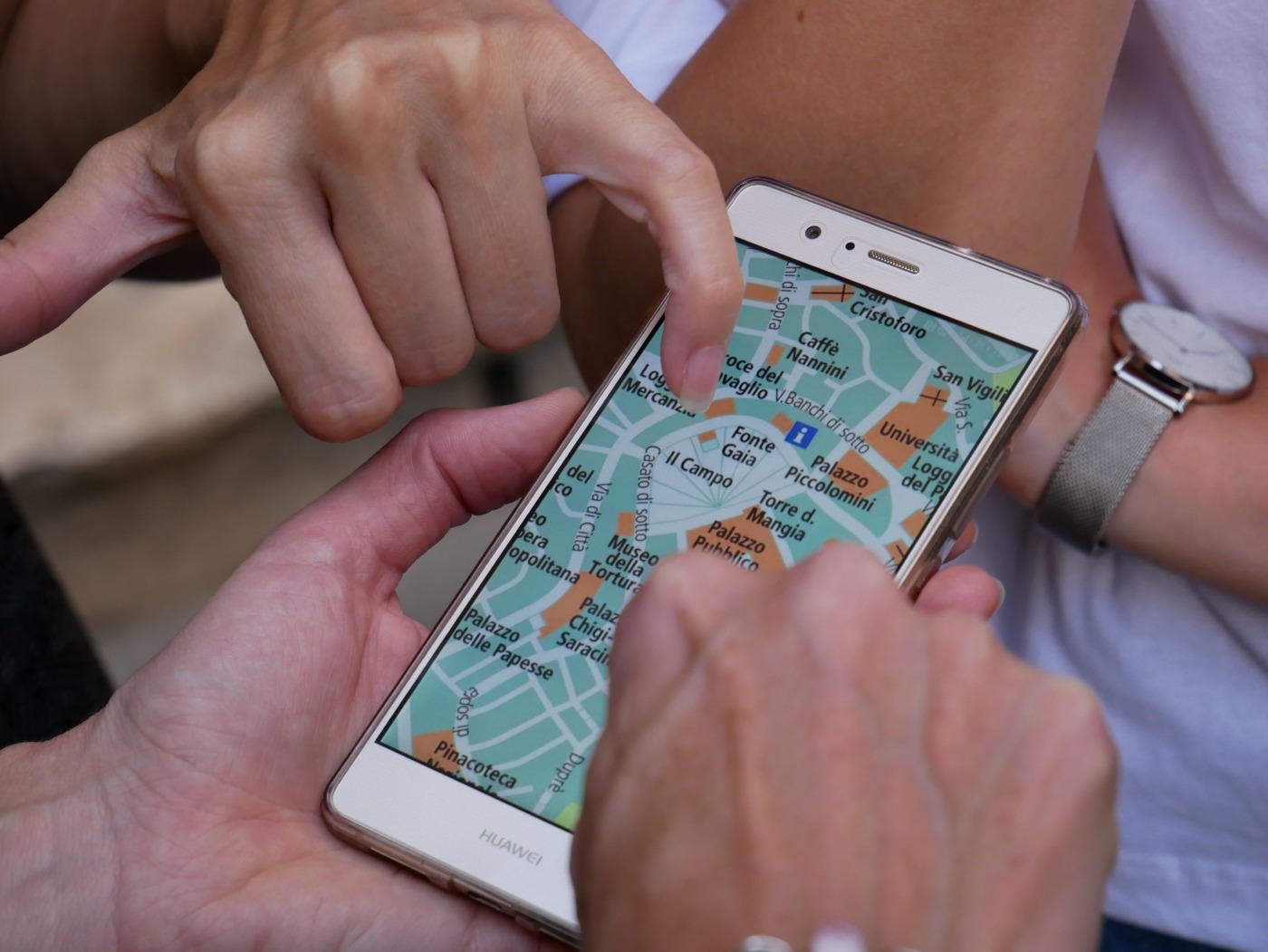Researchers develop a map to show the safest journey home
The most recent figures published by the Department of Transport have revealed that 448 pedestrians were killed in 2016, a year-on-year rise of 10%. In an attempt to combat rising road traffic casualties, a team of maths and computer scientists at the University of Cardiff have managed to develop a digital map designed to show users the safest, rather than the quickest, way ‘from A to B’.
This new study, published in Accident Analysis and Prevention, utilises a mathematical algorithm consisting of several parameters which include the types and number of crossings, speed limits and street type. Based on this, the safety of a geographical location can then be calculated. Pedestrians using the app will be able to view the scoring system and also see which particular areas have the highest occurrence of accidents.
A team of maths and computer scientists at the University of Cardiff have managed to develop a digital map designed to show users the safest, rather than the quickest, way ‘from A to B’
This groundbreaking application would not have been possible without the determination of Dr Padraig Corcoran from Cardiff University School of Computer Science and Informatics, who summed up the study’s aim by saying “considering the large amount of deaths caused each year by road traffic crashes, we decided to devise a way of mapping how safe a particular road is by using a wide range of variables.” Dr Corcoran, the lead author of the study, also stated that “we know that our safety ratings are accurate as they directly correlate with the number of road casualties in a given area.”
The researchers’ system has already been implemented in 15 British cities – Bath, Bedford, Blackpool, Bristol, Coventry, Leeds, Leicester, Liverpool, Manchester, Nottingham, Reading, Salford, Sheffield, Swindon and York. It has been concluded from these initial tests that Bath had the safest roads whereas Liverpool was deemed to have the most unsafe.
The researchers’ system has already been implemented in 15 British cities – Bath, Bedford, Blackpool, Bristol, Coventry, Leeds, Leicester, Liverpool, Manchester, Nottingham, Reading, Salford, Sheffield, Swindon and York
In the short term, the Cardiff researchers are hoping to develop an app which can be used by the public. When discussing the future applications of the digital map, Dr Padraig said: “We envisage something very similar to Google Maps in which a user can input their destination and then choose a route that utilises our algorithm and gives them the safest possible journey instead of the quickest.” Moreover, it is also believed that city planners and developers will eventually be able to consult the maps when assessing the impact of pedestrians on a street or the changing of a speed limit on the safety of a road.
With pedestrians now making up a quarter of all deaths on the road, research like this will undoubtedly serve to reduce the high number of casualties by providing information on the safest possible journey.

Comments
Comments are closed here.